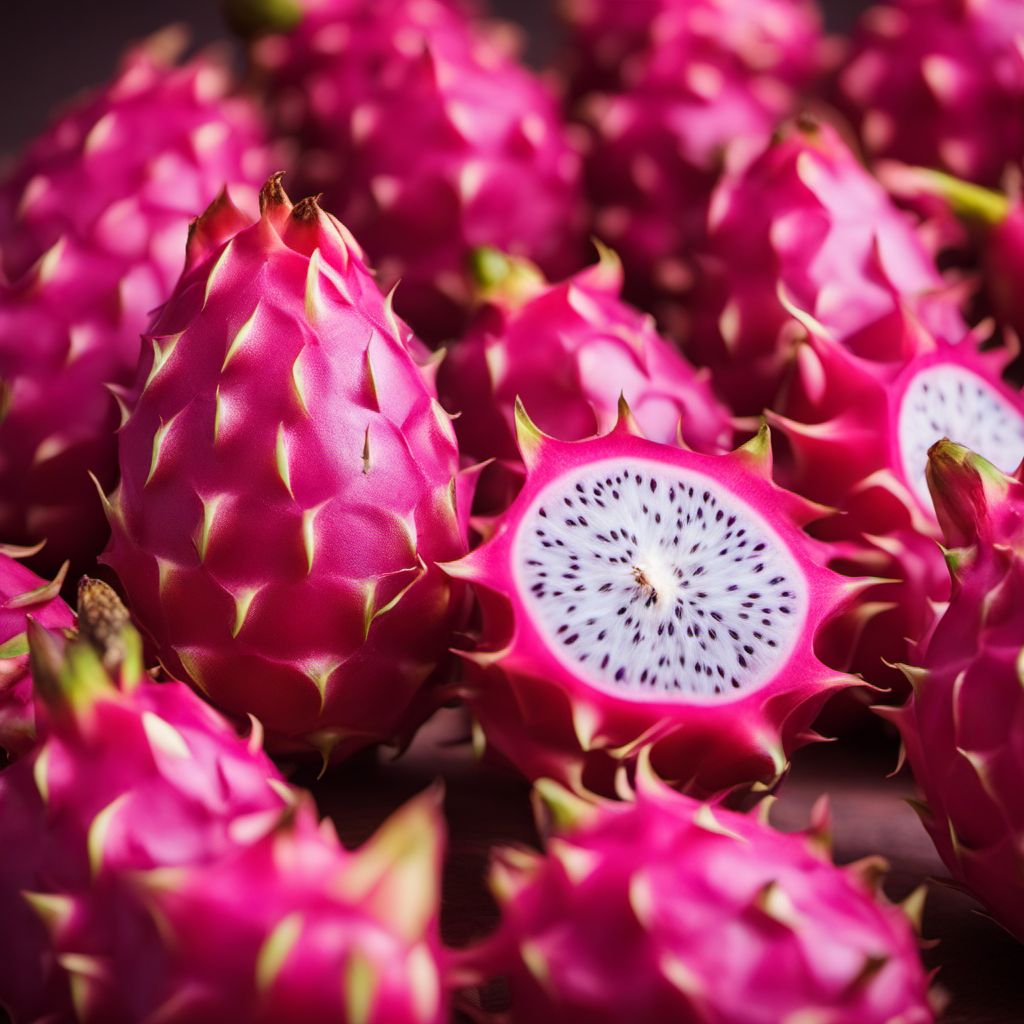
Ingredient
Pitayas
The Vibrant Delight: Exploring the World of Pitayas
Pitayas are tropical fruits that belong to the cactus family. They have a distinctive oval or pear-like shape with a scaly, bright-colored skin that ranges from pink, red, or yellow. The flesh of the fruit is juicy and contains tiny black seeds, similar to kiwi fruit. The taste of pitayas can be described as a blend of sweet and mildly tangy, with a subtle hint of melon. The texture is smooth and creamy, similar to a ripe pear. The vibrant appearance and refreshing flavor make pitayas a visually appealing and delightful addition to various dishes and beverages.
Origins and history
Pitayas are native to Central America and are believed to have originated in Mexico. They have a long history of cultivation and have been enjoyed by indigenous communities for centuries. The fruit's popularity spread to other parts of the world, including Asia and the United States, where it is now commercially grown. Pitayas have become an integral part of the culinary traditions in countries like Vietnam, Thailand, and the Philippines.
Nutritional information
Pitayas are low in calories and rich in essential nutrients. They are a good source of vitamin C, antioxidants, and fiber. A 100-gram serving of pitayas provides approximately 60 calories, 9 grams of carbohydrates, 1 gram of protein, and 1 gram of fat.
Allergens
Pitayas are generally considered safe and do not pose significant allergenic risks. However, individuals with a known allergy to cactus fruits or latex should exercise caution and consult with a healthcare professional.
How to select
When selecting pitayas, look for fruits that have bright, evenly colored skin without any blemishes or soft spots. The skin should be firm but slightly yielding to gentle pressure. Avoid fruits that have a dull appearance or signs of mold. Additionally, choose pitayas that are heavy for their size, as this indicates juiciness.
Storage recommendations
Pitayas are best enjoyed when fresh, but they can be stored in the refrigerator for up to 5 days. To maintain their freshness, place the fruits in a perforated plastic bag or wrap them in a paper towel to absorb excess moisture. Avoid storing pitayas near strong-smelling foods, as they can absorb odors easily.
How to produce
Pitayas can be grown by amateur gardeners in warm climates or indoor environments. They require well-draining soil and plenty of sunlight. Pitaya plants can be propagated from seeds or cuttings. With proper care and regular watering, the plants can produce fruits within 1-2 years.
Preparation tips
To prepare pitayas, start by cutting off the top and bottom of the fruit. Then, make a lengthwise incision and gently peel off the skin. The flesh can be sliced or scooped out and enjoyed as is or added to various dishes. Pitayas can be used in smoothies, salads, fruit bowls, or even grilled for a unique twist. The seeds are edible and add a pleasant crunch to the texture. For a refreshing treat, freeze pitaya slices and enjoy them as a healthy frozen snack.
Culinary uses
Pitayas are commonly used in smoothies, fruit salads, and desserts. They can be blended into refreshing beverages, added to yogurt bowls, or used as a topping for cakes and pastries. The vibrant color and unique appearance of pitayas make them an eye-catching garnish for cocktails or fruit platters.
Availability
Pitayas are commonly available in tropical regions such as Southeast Asia, Central and South America, and parts of the United States, including California and Florida.
More ingredients from this category
Recipes using Pitayas

Rujak - Indonesian Spicy Fruit Salad
Fiery Fusion: A Burst of Flavors in Indonesian Spicy Fruit Salad
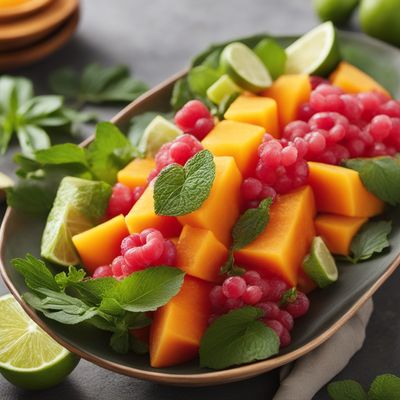
Refreshing Vietnamese Fruit Salad
Tropical Delight: Vietnamese Fruit Salad with a Twist
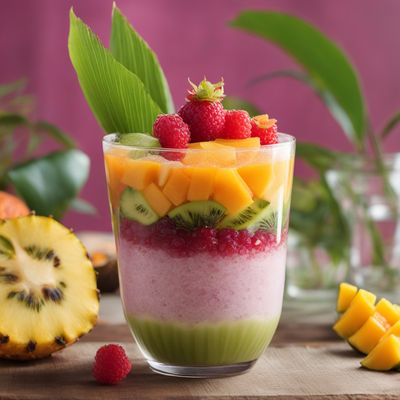
Chè Thái - Vietnamese Mixed Fruit Dessert
Tropical Delight: A Vibrant Vietnamese Mixed Fruit Dessert
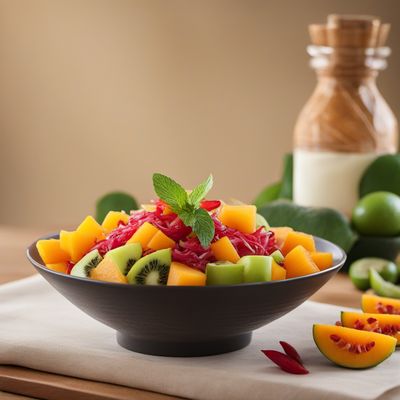
Burmese Chinese Fruit Salad
Tropical Fusion Delight: Burmese Chinese Fruit Salad
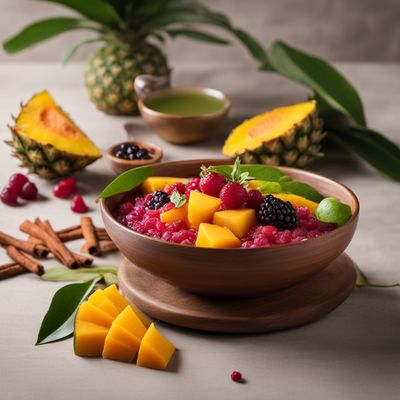
Peranakan-style Fruit Compote
Nyonya Delight: Fragrant Peranakan Fruit Compote

Indonesian Chinese Fruit Meringue
Tropical Delight Meringue: A Fusion of Indonesian and Chinese Flavors

Chinese-style Pavlova
Dragon Fruit Pavlova: A Fusion of East and West

